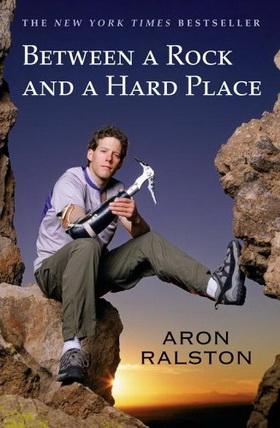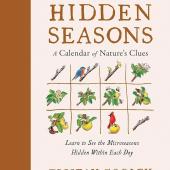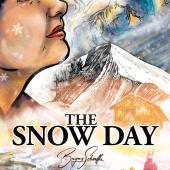Book: Between A Rock And A Hard Place
Not far into Aron Ralston's April 26, 2003, expedition into Utah's Blue John Canyon, a falling boulder pinned Ralston's right hand to a canyon wall. What followed was almost a week's worth of physical devastation, mental defeat, tragic desperation, and life-changing contemplation. Ralston escaped the canyon on May 1, 2003, but his hand stayed behind.
While trapped, Ralston nervously calculated how long he would live without water and began a morbid countdown filled with exhausting escape attempts and a hard, last look at his life. Ralston's acceptance of a friend's motto, "it's not what you do, it's who you are," an idea Ralston long disagreed with, is a key turning point, as Ralston acknowledges that his relentless pursuit of outdoor activity jeopardized his time with loved ones. Ralston's reflections on the past may be frustrating diversions for those who just want the gory details of a smashed hand, but the rumination gives a sense of Ralston's captivity—nothing to do but think. The stories also establish Ralston's credibility as a proficient outdoorsman and, ironically, make it obvious that his multitude of near-misses means it was just a matter of time until Ralston was in another "situation."
But what Between a Rock and a Hard Place most profoundly offers is the chance to study a touching, desperate, and insightful acceptance of death. Ralston's most poignant writing comes from his rock-bottom moments when he, dehydrated, starving, hallucinating, and weak, has clearly given up. One can't help speculating that Ralston was divinely sequestered in order to learn that to conquer, we must first submit.
The book includes a map and photos, and yes, there are shots of Ralston's smashed hand both before and after he cuts it off—he brought a camera with him on the trip and documented the events.










